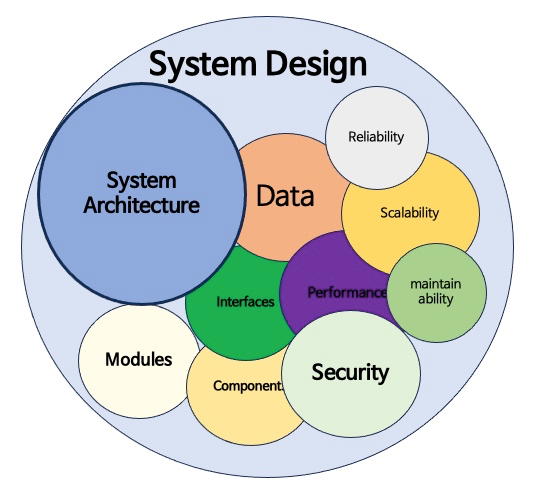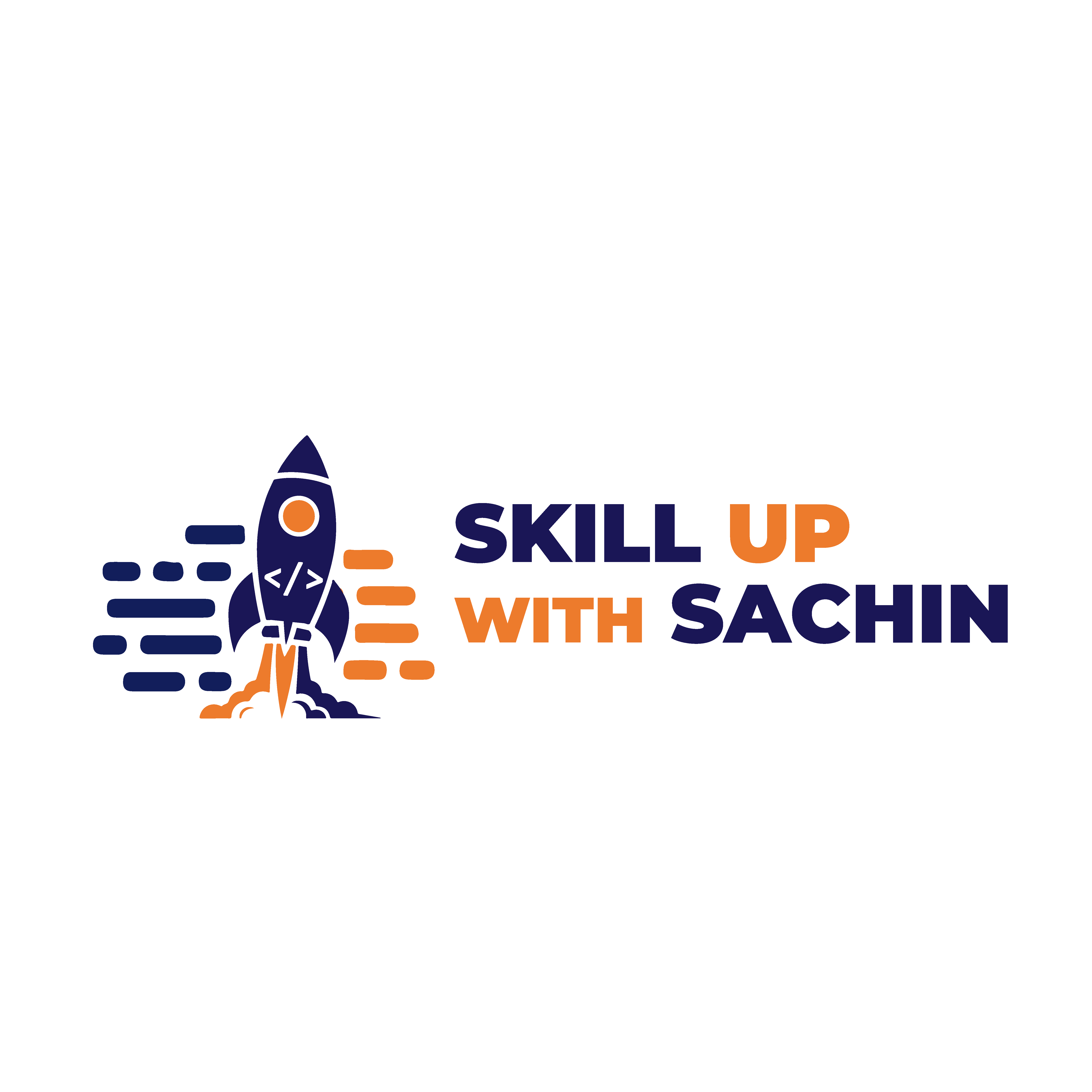Understanding Kubernetes Architecture: A Pizza Shop Story

Kubernetes can feel overwhelming at first, with all its components and technical terms. To make it easier, let’s explain it using something we all understand: a pizza shop! In this blog, we’ll break down the architecture of Kubernetes and its components in the simplest way possible by comparing it to the operations of a pizza shop. By the end, you’ll see how Kubernetes works in a way that’s both fun and easy to grasp. he Pizza Shop Analogy Imagine you own a pizza shop. To run your shop successfully, you need a team, processes, and tools to ensure every customer gets their pizza on time and as ordered. Kubernetes works the same way—it’s the system that helps manage and coordinate your “pizza shop” (your applications and containers). Let’s dive into the key components of Kubernetes and how they relate to a pizza shop. 1. The Kitchen: Nodes The kitchen is where all the work happens in your pizza shop. Here, chefs prepare the pizzas based on orders. In Kubernetes, the kitchen represents Nodes. Without the kitchen, there’s no place to make the pizzas (or run your applications). 2. The Manager: Control Plane Every successful pizza shop needs a manager who oversees the entire operation. This manager ensures that orders are taken, resources are allocated, and everything runs smoothly. In Kubernetes, the Control Plane is the manager. The control plane consists of several key components: 3. The Waitstaff: Kubelet The waitstaff in a pizza shop are responsible for delivering orders from the customers to the kitchen and ensuring the prepared pizzas reach the right table. In Kubernetes, this role is played by the Kubelet. Without the kubelet, there’s no one to ensure orders are being processed and delivered. 4. The Menu: API Server Every pizza shop needs a menu that lists all the available options for customers. In Kubernetes, the API Server acts as this menu. Without the API server, customers wouldn’t know what they can order, and the manager wouldn’t know what to deliver. 5. Ingredients and Supplies: Persistent Storage A pizza shop needs a steady supply of ingredients to make pizzas. These ingredients are stored in the inventory. In Kubernetes, this is equivalent to Persistent Storage. 6. The Delivery Team: Services Once the pizzas are ready, they need to be delivered to the right customers. Kubernetes uses Services to handle this. 7. Quality Control: Monitoring and Logging To ensure every pizza meets the shop’s standards, quality control is essential. Kubernetes has built-in tools for Monitoring and Logging that play this role. Putting It All Together In summary, Kubernetes is like a well-run pizza shop with various components working together to deliver a seamless experience. Here’s how it all fits: By understanding Kubernetes through the lens of a pizza shop, its architecture becomes a lot more relatable and easier to grasp. Kubernetes might seem complex at first, but breaking it down into familiar concepts like running a pizza shop makes it much easier to understand. Whether you’re managing a small application or a large-scale system, Kubernetes ensures everything is organized, scalable, and efficient—just like a well-run pizza shop!
Mastering System Design Interviews: Key Questions and Tips for Success

When preparing for a System Design Interview (SDI), it’s easy to feel overwhelmed by the breadth and depth of knowledge required. Whether you’re a seasoned developer or new to the field, understanding how to approach these questions is crucial for success. In this blog, we’ll explore some common system design questions, from easy to hard, along with tips to help you navigate the interview process with confidence. Easy System Design Interview Questions 1. Design an API Rate Limiter An API rate limiter is a crucial component for platforms like Firebase or GitHub, which serve thousands of requests per second. Your task is to design a system that limits the number of requests a user can make to an API within a specified time frame, preventing abuse and ensuring fair usage. Key Considerations: 2. Design a Pub/Sub System A pub/sub system, such as Kafka, allows for asynchronous communication between different parts of a system. The challenge is to design a system where publishers send messages to topics and subscribers receive those messages. Key Considerations: 3. Design a URL-Shortening Service Designing a service like TinyURL or bit.ly involves creating a system that takes long URLs and generates shorter, unique versions. Key Considerations: Medium System Design Interview Questions 4. Design a Chat Service Services like Facebook Messenger or WhatsApp are examples of complex chat systems. Your goal is to design a system that supports real-time messaging between users. Key Considerations: 5. Design a Mass Social Media Service Social media platforms like Facebook or Instagram serve millions of users daily. The challenge is to design a system that supports user profiles, posts, likes, comments, and a newsfeed. Key Considerations: 6. Design a Proximity Service A service like Yelp or a feature like “Nearby Friends” on social media platforms relies on determining users’ locations and providing relevant results. Key Considerations: Hard System Design Interview Questions 7. Design a Social Media Newsfeed Service The newsfeed is a central feature of many social media platforms. Your task is to design a system that curates and displays content for users based on their interactions. Key Considerations: 8. Design a Collaborative Editing Service Services like Google Docs allow multiple users to edit documents simultaneously. The challenge is to design a system that supports real-time collaboration without conflicts. Key Considerations: 9. Design Google Maps Designing a service like Google Maps involves creating a system that handles complex geographic data and provides routing and location services. Key Considerations: Tips for Tackling System Design Interview Questions 1. Start with Requirements: Begin by listing the key features your system needs to support. Identify potential challenges like traffic load, data storage needs, and user concurrency. This process will help you plan and also allows the interviewer to clarify any misunderstandings. 2. Narrate Trade-offs: Every design decision comes with pros and cons. Whether it’s choosing a database, a caching strategy, or an algorithm, explain the trade-offs involved. This shows your ability to think critically and make informed decisions. 3. Ask Clarifying Questions: Most SDI questions are deliberately broad, leaving room for interpretation. Asking clarifying questions not only helps you understand the problem better but also demonstrates your thoroughness and problem-solving approach. 4. Know Your Architectures: Modern systems often rely on microservices architecture for flexibility and scalability. Be prepared to discuss how you’d use microservices and how they can interact with legacy systems if applicable. 5. Discuss Emerging Technologies: Conclude your discussion by considering how emerging technologies like machine learning, AI, or blockchain could enhance the system. This shows you’re forward-thinking and prepared to build systems that can adapt to future needs. Related Questions and Answers Q1: What are the different strategies for implementing an API rate limiter? A1: There are several strategies for implementing an API rate limiter, each with its own use cases: Q2: How do you ensure message durability in a Pub/Sub system like Kafka? A2: Message durability in a Pub/Sub system can be ensured through several mechanisms: Q3: What are the key challenges in designing a URL-shortening service, and how can they be addressed? A3: The main challenges in designing a URL-shortening service include: Q4: In a chat service like WhatsApp, how do you manage message ordering and delivery guarantees? A4: Managing message ordering and delivery guarantees in a chat service involves: Q5: How would you handle data consistency in a distributed system, such as a social media platform? A5: Handling data consistency in a distributed system can be challenging due to the CAP theorem, which states that you can only have two of the following three: Consistency, Availability, and Partition Tolerance. Strategies include: Q6: What are some common challenges in designing a video streaming service like Netflix, and how can they be mitigated? A6: Designing a video streaming service involves several challenges: Q7: How would you design a search engine-related service like Typeahead, and what are the key considerations? A7: Designing a Typeahead service, where suggestions are shown as the user types, involves: Q8: What are the trade-offs between using microservices and a monolithic architecture when designing a system like Uber or Lyft? A8: The trade-offs between microservices and monolithic architectures include: #TechInterviews #SoftwareEngineering #Microservices #Scalability #TechTips #ProfessionalDevelopment #skillupwithsachin


